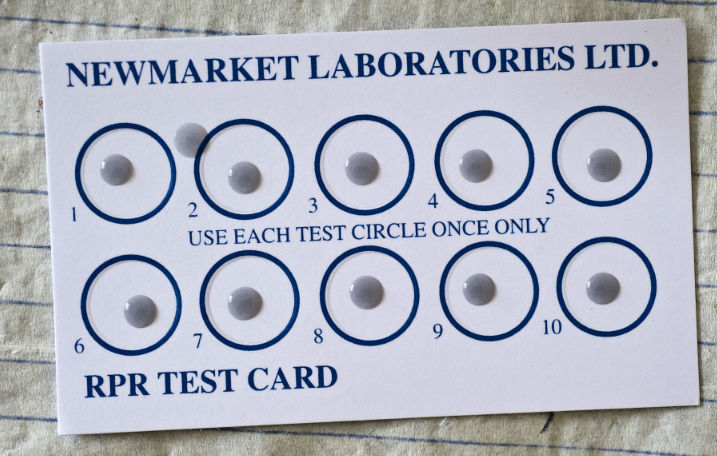By: Fatima Arkin
Send to a friend
The details you provide on this page will not be used to send unsolicited email, and will not be sold to a 3rd party. See privacy policy.
[MANILA] Due to the growing threat of antibiotic resistance,the WHO has updated its treatment guidelines for gonorrhoea, syphilis and chlamydia, three common sexually transmitted infections (STIs).
The three STIs are generally curable with antibiotics but often go undiagnosed and are becoming more difficult to treat, with some antibiotics even failing.
“Overall, Asia contributes to the development of resistance due to the misuse and overuse of antibiotics.”
Teodora Wi, WHO
According to the new WHO 2015 report on global STI surveillance, there are roughly 207 million new cases of curable STIs in the Western Pacific and South-East Asia regions combined, which comprise almost 60 percent of new STI cases globally.
“Overall, Asia contributes to the development of resistance due to the misuse and overuse of antibiotics, including penicillin and quinolones, which then spreads globally through travel,” Teodora Wi, a medical officer at the WHO’s Department of Reproductive Health and Research in Geneva, Switzerland, tells SciDev.Net.
Of the three STIs, gonorrhoea has developed the strongest resistance to antibiotics. Strains of multidrug-resistant gonorrhoea that do not respond to any available antibiotics have already been detected. To treat gonorrhoea, the WHO does not recommend the use of quinolones, a classic antibiotic, due to widespread high levels of resistance.
To cure syphilis, the new WHO guidelines strongly recommend a single dose of benzathine penicillin which is injected into the infected patient’s butt or thigh muscle. This is more effective and cheaper than antibiotics.
For genital infections and lymphogranuloma venereum, a disease caused by three unique strains of chlamydia, the WHO offers nine treatment recommendations.
David Lewis, a professor specialising in infectious diseases at the University of Sydney and director of the Western Sydney Sexual Health Centre, tells SciDev.Net that he is concerned because only a minority of gonorrhoea cases are diagnosed in resource-limited settings, including South-East Asia.
When left undiagnosed and untreated, gonorrhoea, syphilis and chlamydia can result in significant complications and long-term health issues for women, such as pelvic inflammatory disease, ectopic pregnancy and miscarriage. It can also increase a person’s risk of being infected with HIV two- to three-fold, according to the WHO. Untreated gonorrhoea and chlamydia can cause infertility in both men and women. When used correctly and consistently, condoms are one of the most effective methods of protection against STIs.
This piece was produced by SciDev.Net’s South-East Asia & Pacific desk.
References
World Health OrganizationReport on global sexually transmitted infection surveillance 2015(August 2016)














